Top Methods for Troubleshooting Computers Remotely

In today’s interconnected world, remote troubleshooting has become a vital skill for IT professionals and everyday computer users. With the right tools and techniques, you can diagnose and fix technical issues from anywhere in the world. This comprehensive guide explores the top methods for remote computer troubleshooting, including some of the best tools available, like remote desktop software and device-free solutions. Here, we’ll provide balanced opinions on these methods and how they can be optimized for facilitating efficient remote support. You will also find specific instructions on how to incorporate these tools into your workflow effectively.
HelpWire
One of the most reliable tools for remote troubleshooting is HelpWire. It provides a comprehensive solution that allows IT professionals to connect, diagnose, and fix issues quickly and efficiently. With HelpWire, you can access remote devices securely and provide support for a wide range of issues, from software glitches to hardware malfunctions.
Pros
- Seamless remote access
- Strong security features
Cons
- Requires stable internet connection
- May involve a learning curve
TeamViewer
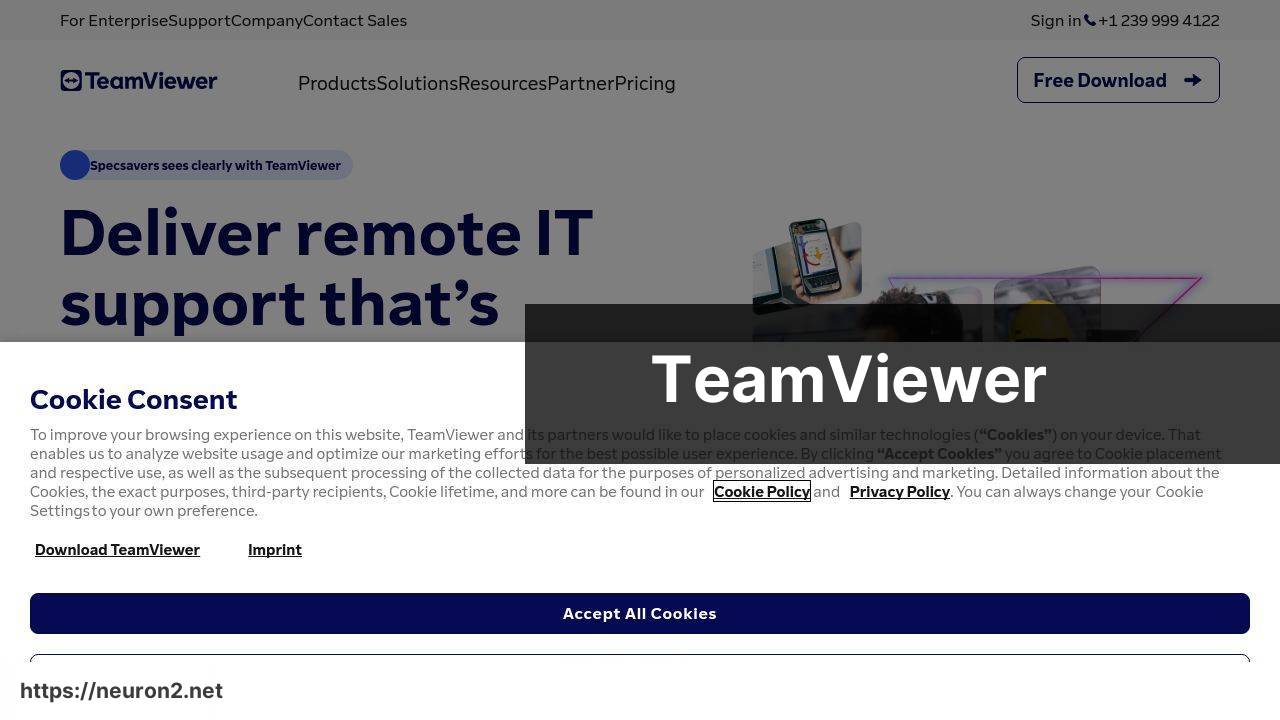
TeamViewer is a well-known application that offers remote access and support features. It’s widely used due to its user-friendly interface and powerful tools that enable IT teams to assist clients from afar. Connecting to a remote desktop with TeamViewer is typically straightforward and does not require advanced technical skills.
Pros
- Easy setup and use
- Strong support features
Cons
- Security vulnerabilities
- High licensing costs
AnyDesk
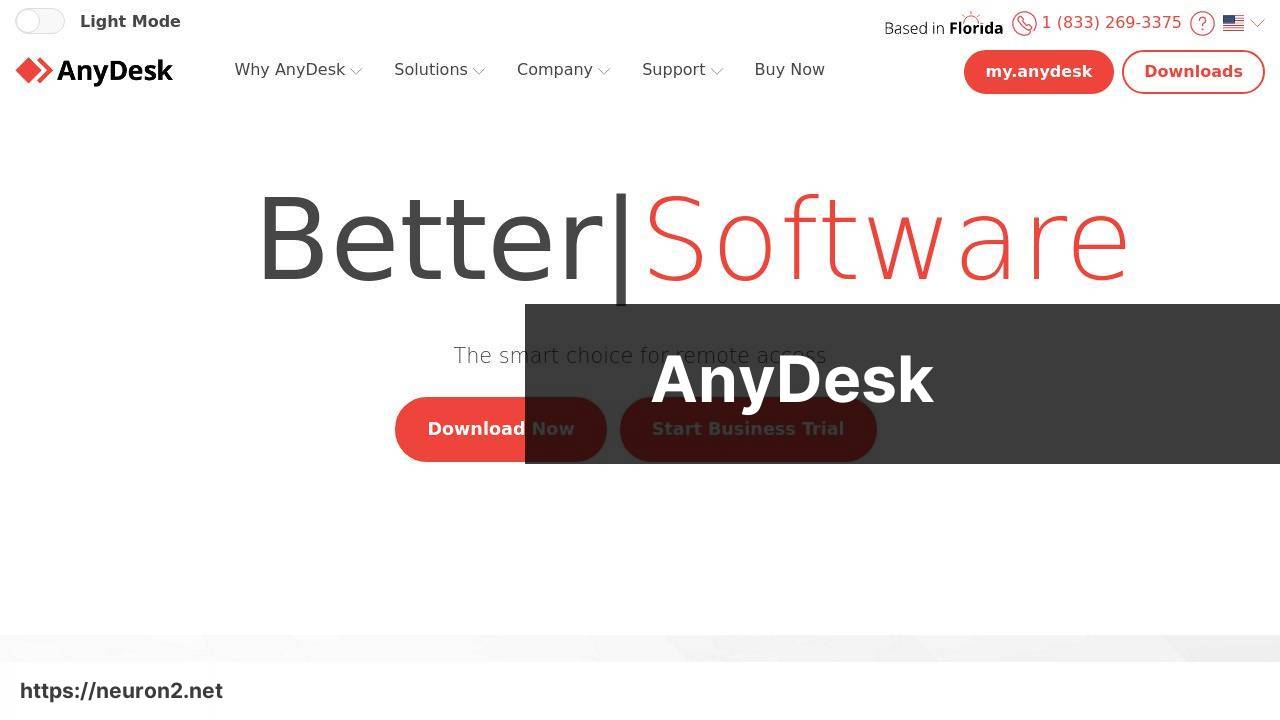
AnyDesk offers one of the fastest and most reliable remote desktop connections. Its low latency and high frame rates make it ideal for resource-intensive applications. This tool stands out for its cross-platform compatibility, which ensures that you can connect to various operating systems without issues.
Pros
- High-speed connection
- Cross-platform support
Cons
- Limited free version
- Requires technical knowledge for advanced features
LogMeIn
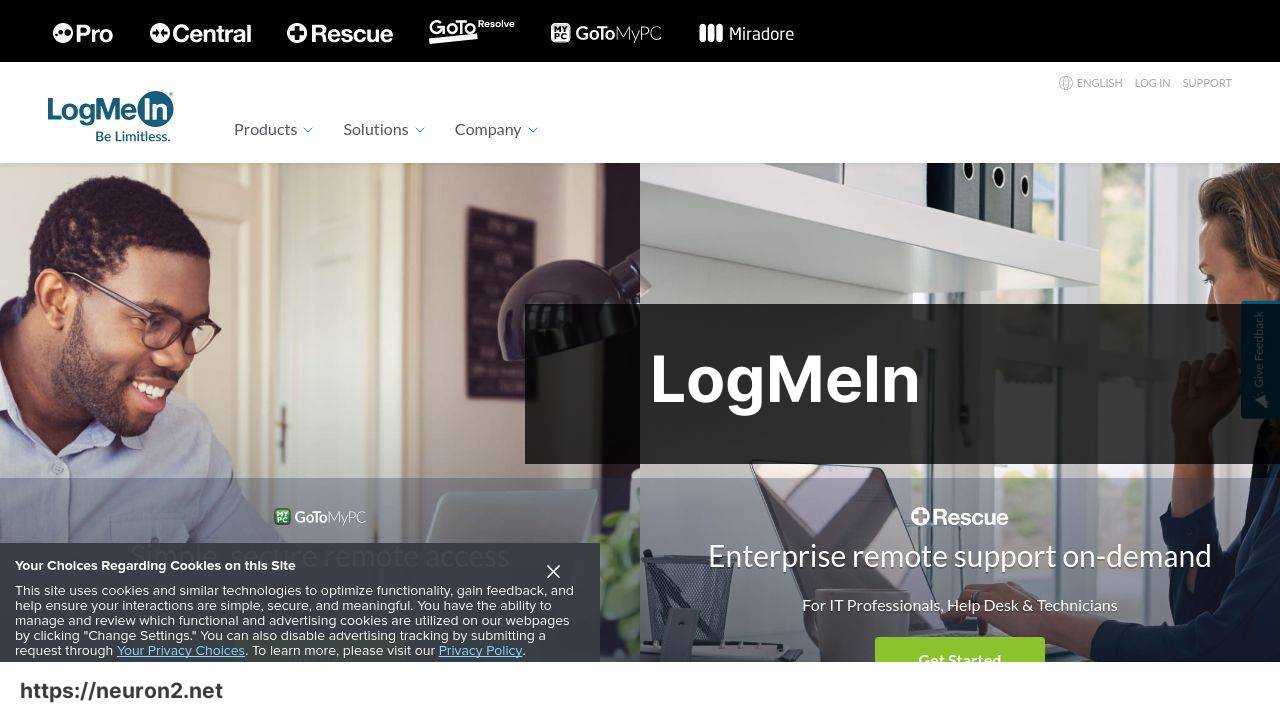
LogMeIn is another powerful remote access tool. It provides robust features for managing multiple remote computers. With its high-security standards and ease of use, LogMeIn is popular among businesses that need reliable and secure remote access solutions.
Pros
- High-security protocols
- Easy to use for large organizations
Cons
- Expensive
- Limited features in the basic plan
Remote Utilities
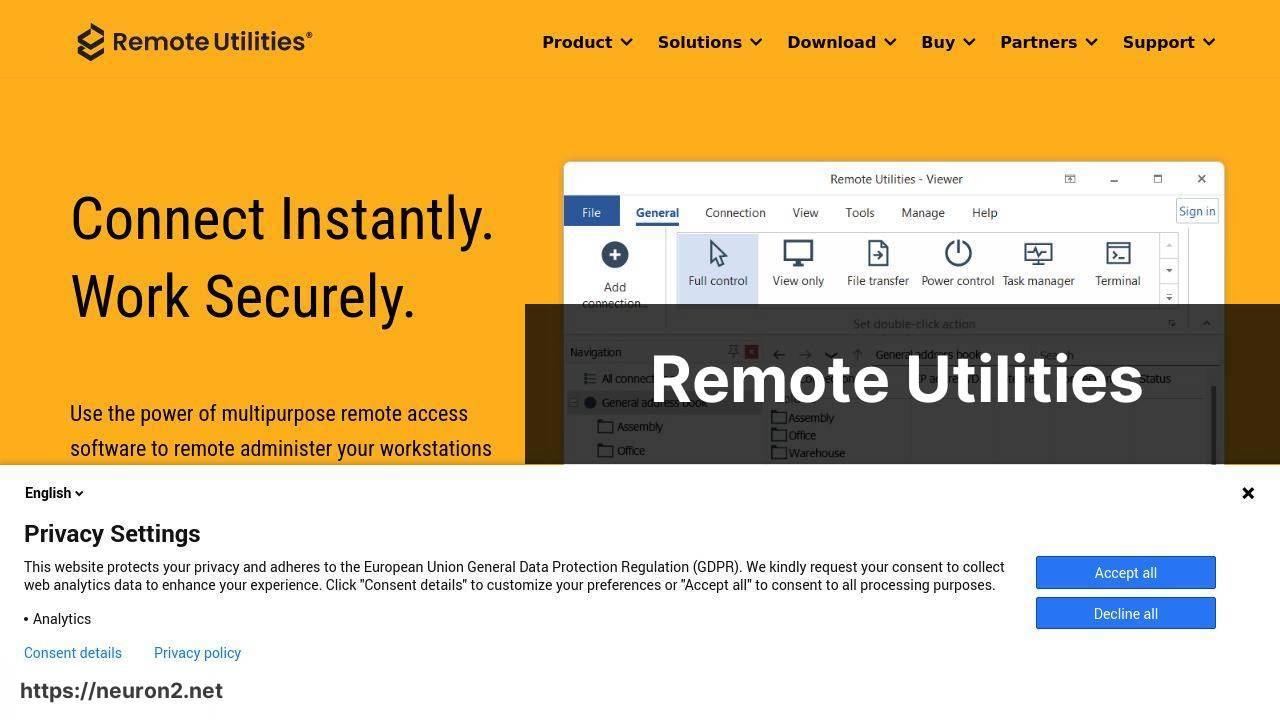
Remote Utilities offers a versatile remote desktop solution with a range of features including file transfer, remote task management, and power control. One of its significant advantages is supporting a variety of connection methods, making it highly adaptable to different network environments.
Pros
- Diverse connection methods
- Highly customizable
Cons
- Complex setup
- Limited Mac OS support
Splashtop
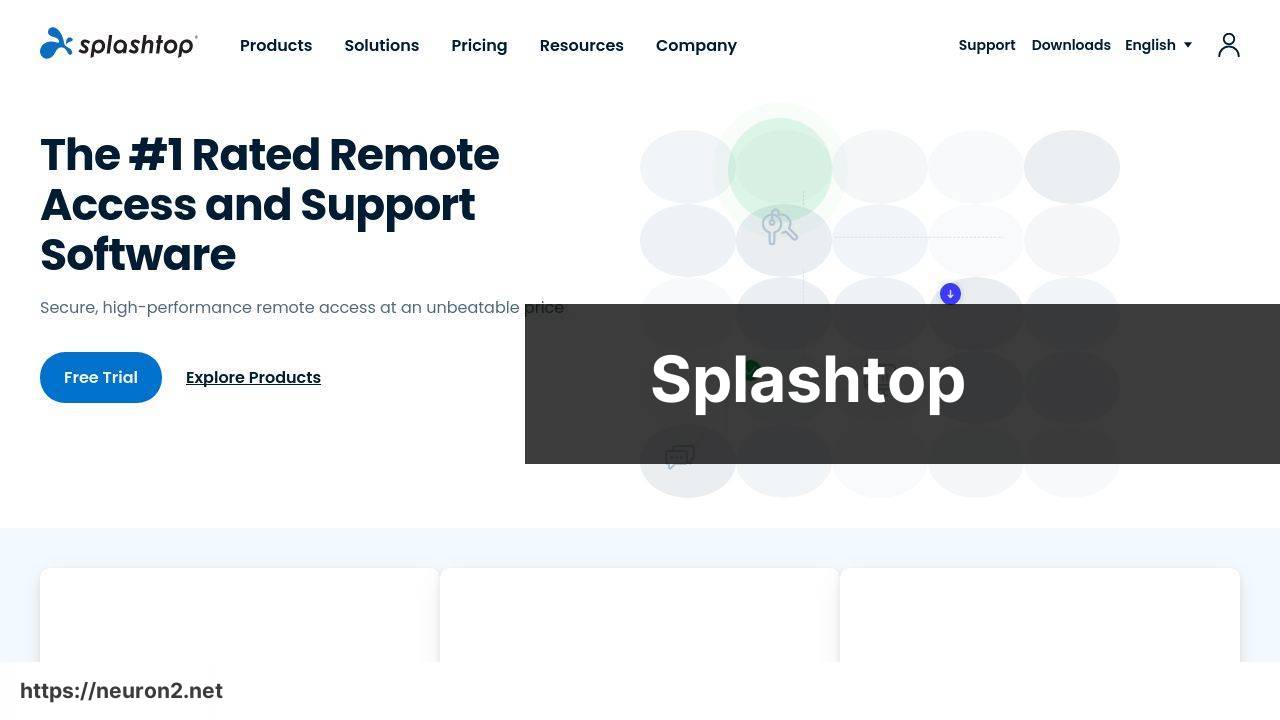
Splashtop offers a user-friendly remote access solution that includes features tailored for both personal and business use. Known for its high-performance connections and affordability, Splashtop is a strong competitor in the remote troubleshooting market.
Pros
- Affordable pricing
- Good performance
Cons
- Basic features for free version
- Occasional connectivity issues
Watch on Youtube: Top Methods for Troubleshooting Computers Remotely
Conclusion:
Beyond using remote desktop software like HelpWire, there are several other methods that can be used for remote troubleshooting. Tools like TeamViewer and AnyDesk are excellent for establishing direct remote connections, but sometimes a more specialized approach is needed. For instance, tools that focus specifically on network diagnostic or system performance can be invaluable. Utilizing a combination of different tools can often provide the best results, especially when dealing with complex issues that span multiple domains.
One often overlooked aspect is the use of collaborative platforms for troubleshooting. Platforms like Microsoft Teams or Slack can be incredibly useful for sharing information quickly and coordinating with other members of the technical team. These platforms often integrate with monitoring and diagnostic tools, making it easier to manage and resolve issues in a concerted effort.
Another critical component of remote troubleshooting is the ability to access logs and system reports. These can provide invaluable insight into the root causes of issues and enable technicians to quickly identify and implement solutions. Various tools offer remote log access, but it’s essential to consider data security and privacy when using these features.
For those needing a deeper dive into the topic, consider reading this list of best methods for remote computer troubleshooting. This article details various tools further and helps in selecting the right software for specific needs.
While tools are integral, do not underestimate the importance of training. Investing time in training sessions for both IT staff and users can go a long way in ensuring smooth remote troubleshooting operations. Knowledgeable users can assist in the process, reducing the time and effort required to resolve issues.
As someone who regularly deals with computer issues, I’ve found that remote desktop software is the most effective method. I recently discovered an article that offers a comprehensive list of the best free remote desktop tools. The recommendations are insightful and cater to various needs, whether you’re an IT pro or just need occasional remote support. The detailed evaluations and practical tips have been invaluable. If you’re seeking to enhance your remote troubleshooting capabilities, this article is a must-read.
https://www.linkedin.com/pulse/top-free-remote-desktop-software-windows-helpwire-fvfne/
FAQ
What are effective remote desktop tools for troubleshooting?
Using tools like TeamViewer and AnyDesk helps technicians remotely access and troubleshoot issues on a client’s computer, ensuring faster resolutions and ease of use.
How can screen sharing improve remote troubleshooting?
Screen sharing allows technicians to see exactly what the user is experiencing, facilitating more accurate diagnostics and effective problem-solving strategies.
Why is having reliable communication software crucial for remote troubleshooting?
Tools like Slack and Microsoft Teams offer real-time communication, making it easier to gather information and provide instructions during troubleshooting sessions.
How do diagnostic tools assist in remote computer troubleshooting?
Tools like HWMonitor and CPU-Z help in diagnosing hardware issues by providing detailed information about the computer’s components, temperatures, and performance metrics.
What role does cloud computing play in remote troubleshooting?
Cloud platforms enable storage and access to diagnostic logs and tools from anywhere, simplifying the troubleshooting process and ensuring continuity and effectiveness.
How can virtual private networks (VPNs) facilitate secure remote troubleshooting?
VPNs ensure a secure connection between the technician and the client’s system, protecting sensitive data during remote troubleshooting sessions.
What are some effective remote troubleshooting methods for network issues?
Using network diagnostic tools like Wireshark and PRTG Network Monitor helps identify and resolve connectivity issues, ensuring consistent network performance.
How does remote monitoring benefit IT support teams?
Remote monitoring tools alert technicians about potential issues before they become major problems, enabling proactive troubleshooting and maintenance.
Which remote troubleshooting solutions are accessible for different operating systems?
Cross-platform solutions like Chrome Remote Desktop and LogMeIn can troubleshoot systems running various operating systems, including Windows, macOS, and Linux.
